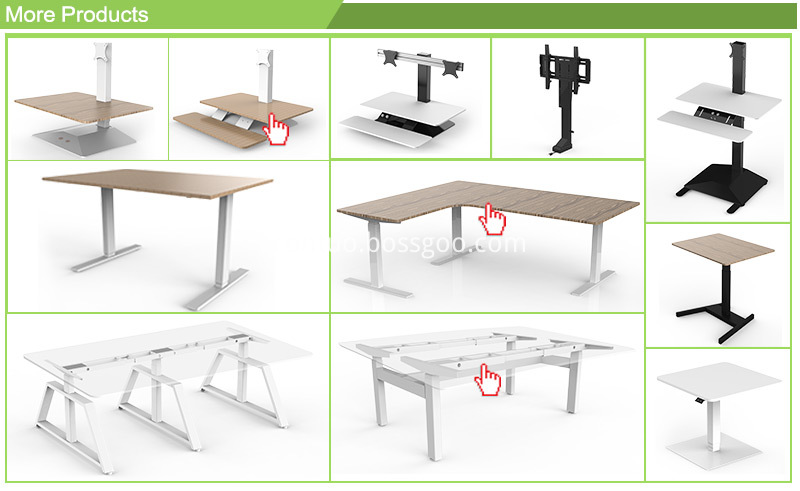The ink properties of ink mainly refer to several properties of the rheology of the ink. Some of their main indicators are as follows:
1) Viscosity By definition, viscosity refers to a property that prevents the flow of fluids. It is a measure of the relative motion of molecules that hinders the relative movement of molecules. It is often expressed as the shear stress per unit area. The viscosity of the ink is related to the printing quality, and the viscosity is a little larger, which is beneficial to the transfer of the ink and dot formation; the viscosity is too large or too small, which will affect the printing (see Appendix). The viscosity of inks commonly used in offset printing is in the 200-800 poise range.
2) Viscosity and stickiness Additive stickiness, also known as stickiness, is a measure that prevents the separation of liquid layers in a flow. The viscosity of the ink also has a great relationship with the printing quality. The viscosity of the ink is large, which is beneficial to the dot formation, but it cannot be too large, otherwise it has an impact on the printing (see Appendix). The viscosity of ink has a great relationship with the temperature and printing speed, and it quickly increases with the increase of temperature and printing speed. The tack value commonly used in offset printing is in the 8-14 (400 rpm) range. Viscosity increases the viscosity of the ink in printing, and the smaller the viscosity, the better the ink.
3) The yield value refers to the shear stress of the ink when the shear rate is zero. When the ink has a large yield value, it appears to be very hard, which can make the printing even in the field and the dots clearly, but it affects the fluidity; when the yield value is small, the dots will be greatly deformed, which will affect the printing effect.
4) Fluidity is used to characterize the ink's degree of thickness. For offset inks, the fluidity is a function of the yield value. A large fluidity yields a small yield value, whereas a reversed one has a large yield value. The degree of fluidity is related to the quality of the printed matter. If the fluidity is too large, it will affect the formation of the dots and cause the dots to expand too much. When the fluidity is too small, the yield value of the ink is large, which is not conducive to ink transfer and printing. Typical sheetfed offset inks have a flow of 28-36 mm/35°C.
5) Slope refers to the slope of the ink flow characteristic curve made using a parallel plate viscometer. The slope of the ink can indicate the length of the ink, and the slope of the ink is longer, and vice versa. In general, the slope of the ink is also related to the leveling property of the ink, and the leveling property of the slope is good, whereas the leveling property is poor. In offset printing, when the ink's slope is less than 4, it often causes the ink fountain to not ink. For inks made of the same binder and pigment, a large slope gives better gloss.
6) The intercept is similar to the slope, which refers to the intercept of the ink flow characteristic curve. It is related to the thick, soft and hard ink. The larger the intercept, the softer the ink and the shorter the body bone; the smaller the intercept, the harder the ink. . Generally, the intercept of the ink is large and the viscosity is small, whereas the viscosity is large. The intercept of a sheet-fed offset ink is about 5-10.
7) Thixotropy refers to the property that the viscosity of the ink decreases with increasing shear rate or increases with decreasing shear rate. Printing requires a certain thixotropy of the ink in order to make the screen clear after printing, but too much thixotropy will affect the transfer of ink transfer, so that the loss of small outlets. Offset printing inks generally have a higher thixotropy.
8) Transferability refers to the transfer performance of the ink from the fountain to the plate, from the plate to the blanket to the substrate. The transfer rate of ink commonly used in practice is expressed. The transferability of the ink is good, the amount of ink transferred during printing is easily controlled, and the effect of the printed product is good.
Source: Guangzhou Gold Printing Co., Ltd.
Electric 2-stage Lifting Column the speed is 20mm/S,more cheaper more than 2-Stage Lifting Column .Can be used on many desk ,like Single Motor Standing Desk, One Leg Standing Desk , Two Legs Standing Desk ,Three Legs Standing Desk, Four Legs Standing Desk . TV Lift / Cart .

2-stage Lifting Column
2-Stage Lifting Column,2 Segments Lifting Column,Mobile Lifting Column,Desk Lifting Column
Shaoxing contuo Transmission Technology Co.,Ltd , http://www.electricdesk.nl